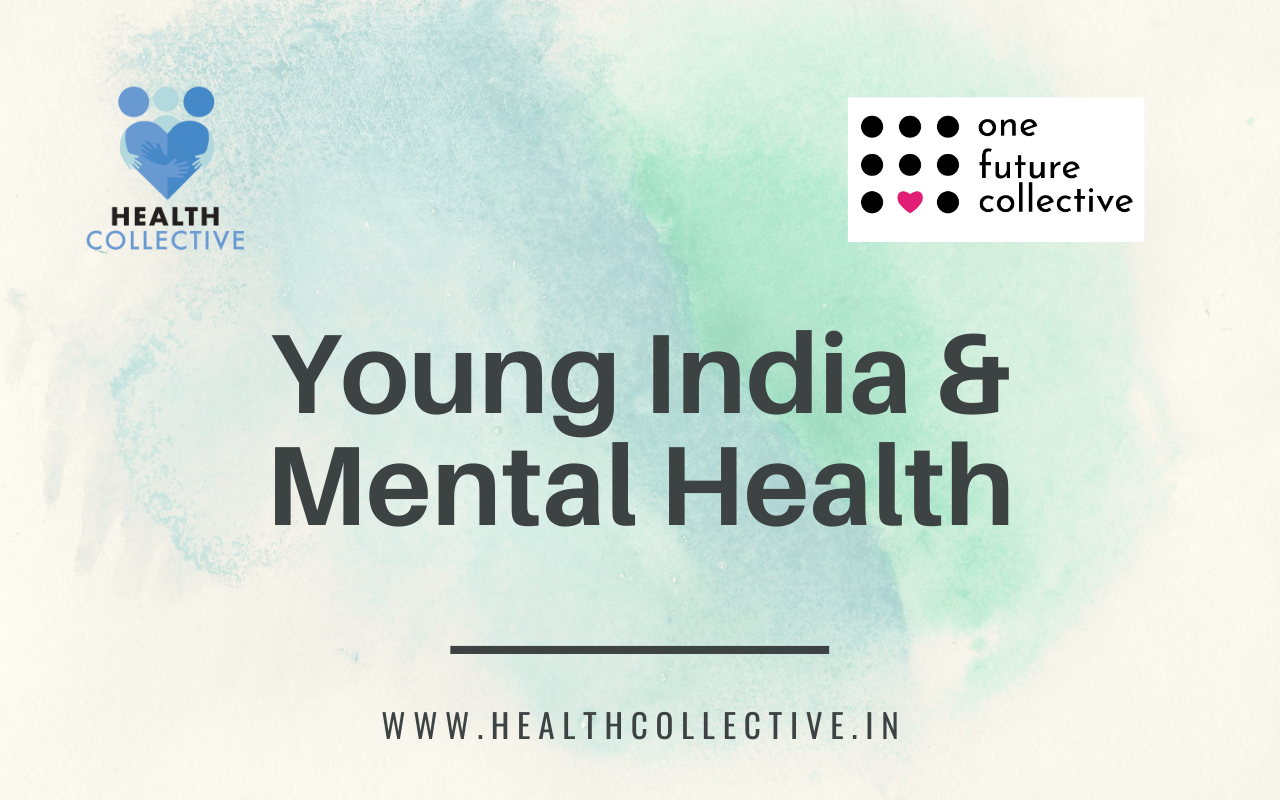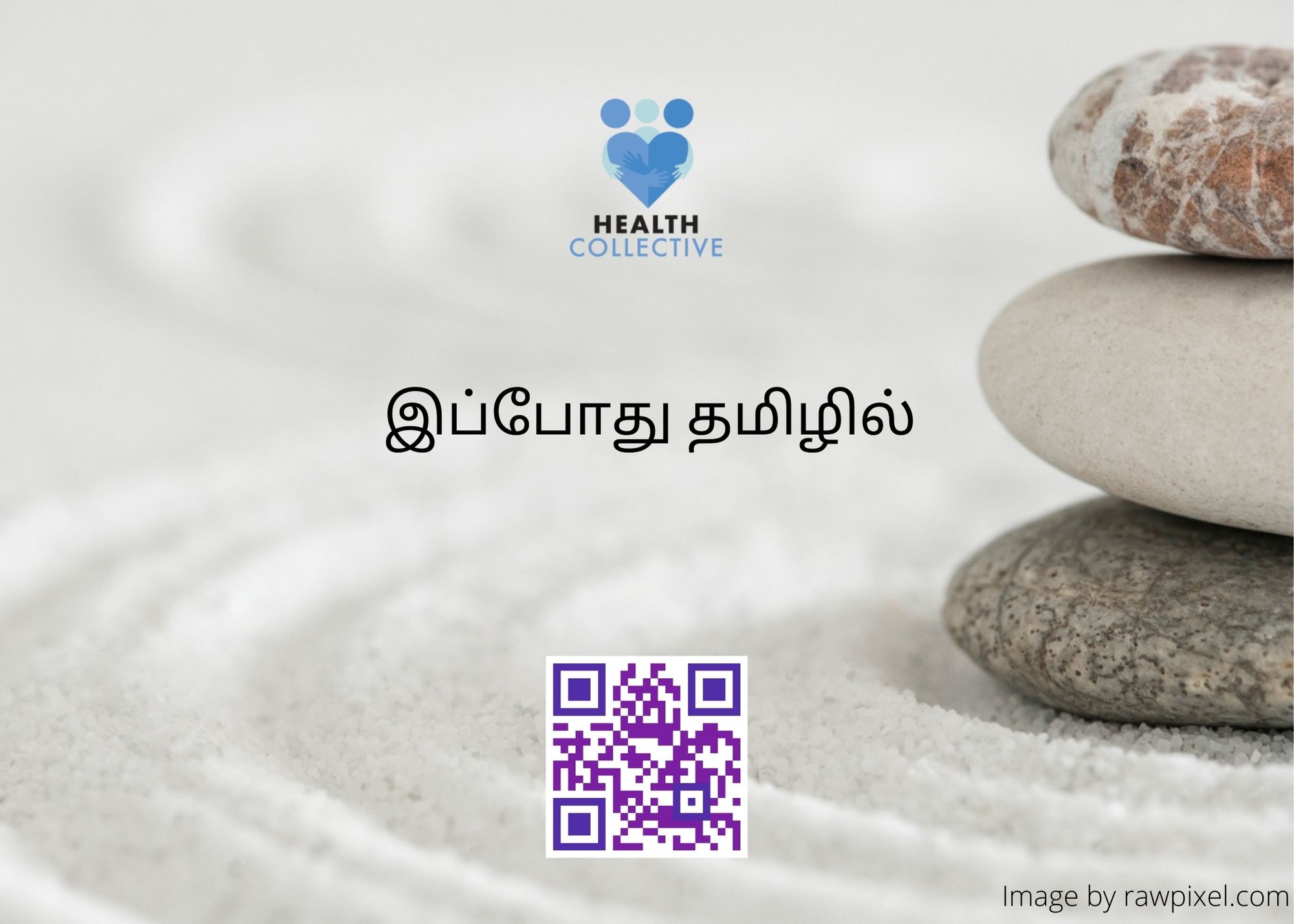Burnout, Vicarious Trauma and the Challenge of Care
By Pragya Lodha
This column is brought to you in association with One Future Collective x The Health Collective
Caring comes with a cost. Who takes care of those who take care of us? We often go to a doctor for a health complaint, to a lawyer when in trouble, to police personnel with a fraudulent complaint or to a therapist when in emotional pain — but whom do they go to? As a result of all the problem solving and tireless helping that our helping professionals provide us with, it is crucial to address that they also suffer and can be in need of help. Their challenges are understood by a phenomenon called vicarious trauma. More than ever, and tirelessly, our helping professionals have cared for us, fighting the pandemic. There would not be a better time for us to understand their vicarious trauma and do our bit of helping them.
ALSO READ: Surviving as a Care-Giver
Vicarious trauma, also known as secondary trauma, is described as indirect exposure to a traumatic event through a first-hand account or narrative of that event. Simply put, vicarious trauma refers to the experience which is experienced by individuals who are not direct recipients of incidences of trauma but may have indirectly experienced the same, for example, by listening about a traumatic incident, seeing someone suffer from trauma or having read about a traumatic event. Vicarious trauma is often experienced by people working in the helping professions, such as, psychologists, lawyers, doctors, police officers, nurses, public health workers, social workers, teachers among many others.The term ‘vicarious trauma’, was coined by Pearlman & Saakvitne (1995) to describe the profound shift in worldview that occurs in helping professionals when they work with individuals who have experienced trauma. For helping professionals working with such individuals on a regular basis, they notice that their fundamental beliefs about the world are altered and possibly damaged by being repeatedly exposed to traumatic material.
Vicarious trauma prevails in anywhere between 40%-85% of helping professionals. It is more real than outlines in practice. In India, it remains empirically understudied; however one of the studies revealed that helping professionals also meet the criteria of PTSD in instances that are more than assumed.
Vicarious trauma can have a significant impact on a person’s mental health. Professionals affected by vicarious trauma may notice emotional issues, such as feelings of anxiety, anger, and/or sadness related to hearing accounts of traumatic experiences. Some people are more affected than others and may experience a wider range of symptoms, which generally fall into one of five categories:
- Emotional symptoms can include lasting feelings of grief, anxiety, or sadness. Some people may become irritable or angry, become distracted frequently, and/or experience changes in mood or sense of humour. A person might also begin to feel generally unsafe.
- Behavioural symptoms might include isolation, increase in alcohol or substance consumption, altered eating habits, and difficulty sleeping. People experiencing behavioural symptoms of vicarious trauma may engage in risky behaviour and avoid people or tasks, or they might find it difficult to separate work and personal life and may increase their workload.
- Physiological symptoms, which affect physical well-being, can appear in the form of headaches, rashes, ulcers, or heartburn, among others.
- Cognitive symptoms may take the form of cynicism and negativity or lead to difficulty concentrating, remembering, or making decisions in daily life. A helping professional may also find it difficult to stop thinking about the trauma experienced by a person in their care, even when not at work.
- Symptoms can also include a loss of hope, a decreased sense of purpose, and feelings of disconnect from others and the world in general. People may lose sight of their life purpose or come to feel as if they are unworthy of love or do not deserve love.
People respond to vicarious trauma in many ways. According to revised diagnostic criteria for posttraumatic stress in the Diagnostic and Statistical Manual (which was expanded to include “repeated exposure to aversive details” of a traumatic event), some of those who experience vicarious trauma may also be diagnosed with PTSD. A person with PTSD may be affected by intrusive thoughts about trauma, avoid things that cause memories of a traumatic experience, and have increased physiological arousal/reactivity.
The pandemic of COVID-19 has worsened things for those in the helping professionals. Pandemics are known to be experiences of collective trauma that affect everyone at a physical, emotional, biological, spiritual and societal level- inducing overhauling changes as people adapt to systemic changes as a result of changing the fabric of communities.
Coping with the coronavirus disease (COVID-19) is a significant risk factor for the psychological distress of health workers. Being a practicing clinical psychologist and programme director for mental health at OFC, there is anecdotal evidence of increased rates of vicarious trauma in various helping professionals (doctors, mental health professionals, lawyers, teachers, social workers) during COVID-19.
The same is also confirmed by research literature. Having spoken to mental health professionals and lawyers, I learned that they experienced burnout much more quickly amidst the pandemic with little to do and more time invested in working. Though social workers and public health workers were not on the field, they were swamped with virtual work and faced with challenges of finding ways to be connected with the communities.
Doctors and medicare was also pushed to the platform of telehealth and telemedicine. Nonetheless, every helping professional experienced burnout and compassion fatigue (emotional and physical exhaustion leading to a diminished ability to empathise or feel compassion for others, often described as the ‘negative cost’ of caring).
Note: Often, burnout, vicarious trauma and compassion fatigue are used interchangeably; there is a difference between the three.
More helping professionals have sought help through therapy during the pandemic, recognising their need to address the increased rates of burnout, compassion fatigue and vicarious trauma that presented in multiple ways. Complaints in helping professionals ranged from emotional exhaustion, frequent headaches and backaches, physical fatigue, weight loss, relative low moods, irritability and sleep difficulties. In my experience of talking to helping professionals, many of them made their lockdown time tables stricter with more ‘me time’, taking offs when they could. Some took to yoga, meditation and mindfulness, and used more smartphone apps for sleep meditation and sleep music, focusing a lot more on self-care. Others took time to revisit professional goals and took more frequent digital holidays. Tele-psychotherapy and therapy through smartphone apps have been reasonable options for many professionals to seek help.
People in helping professions can take specific steps to reduce the risk of vicarious traumatisation. It is also widely considered essential for those who are frequently exposed to traumatic material to receive appropriate training and supervision. Professionals are recommended to connect with other professionals who understand the experience of working with trauma. Some common-sense suggestions that may often get overlooked include:
- Self-care: One way helping professionals can reduce their risk of vicarious trauma is to ensure they are making enough time for self-care. When lawyers who are indirectly exposed to trauma dedicate time to self-care activities—journaling, taking time off from work, enjoying music, spending time with loved ones, pursuing hobbies, and so on—they may be better able to address the experience of vicarious trauma.
- Therapy: Going to therapy can also be a form of self-care, as a therapy session allows time to focus on one’s own thoughts and feelings and a safe place to examine them. Therapy is generally recommended to those affected by vicarious trauma. A therapist can provide time and space for individuals to discuss how experiences of trauma survivors have had an impact. In therapy, helping professionals can also learn and build upon coping skills to address symptoms of vicarious trauma and develop self-care practices to help prevent future recurrences.
- Finding balance: Maintaining a reasonable degree of balance, both in work and outside of work, may also be helpful. For example, therapists who frequently encounter trauma through their work may want to vary the kinds of work they do on a daily or weekly basis and avoid overworking themselves.
- Collaboration: Working in liaison with other lawyers and mental health professionals can serve beneficial.
- Take breaks: Taking the required breaks intermittently even when one may not feel as burnt out is essential rather than waiting for exhaustion to set in. it is important to enjoy the self care process.
- Talk it out: Talking about problems to trusted ones is always a great idea.
ALSO READ:
- Eight Years on, We’ve got Artwork
- New Look, New Experience: Sign Up Today!
- We Want to Hear from You
- Mental Health Myths and Facts
- New link, New posts, New Members!




